If you could travel anywhere in the world right at this very minute, where would you go? Paris? New York? Even, Tokyo perhaps? Well, for me (despite how amazing all those cities are), it’s Mexico City. I’ve spent a ton of time in Mexico City. For the main reason that it’s such a easy, cheap and fantastic place to visit. Some people go to resorts on the Mexican coast. Me? I prefer my relaxing week of paradise to be in the city. Since Mexico City is such a short flight and leaves me with almost no jetlag, it makes for a leisurely long weekend. The perfect short-haul vacation to recharge and reboot. I was lucky enough to fit in one last trip before lockdown hit, but I am surely missing my home away from home.
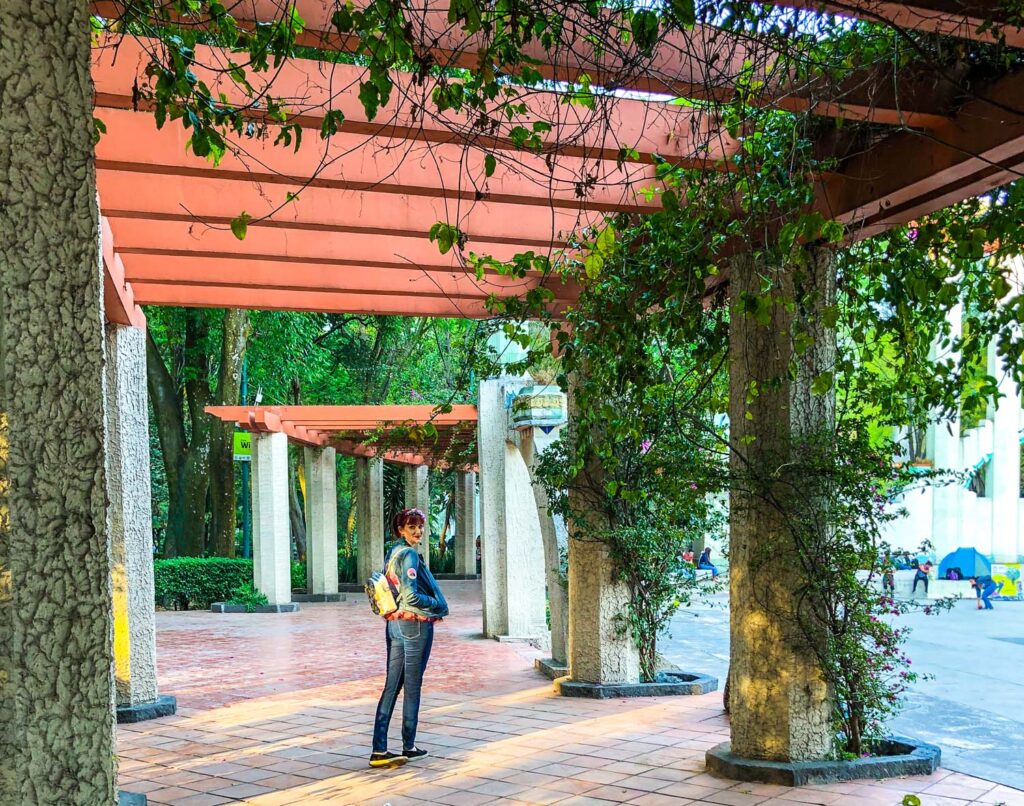
But while the pandemic might be raging outside my doors, lucky for us, the wonders of modern technology allow us to travel virtually. Even while cooped up at home! So if you’re looking for something fun to do, perhaps this virtual weekend tour of Mexico City is just what you need. This virtual tour is a fun way to bring a little bit of wanderlust back into your life and break your pandemic routine.
- Saturday – Start with a Café de Olla
- Visit the Golden Metropolitan Cathedral
- Find your Inner Archeologist in Templo Mayor
- Discover Historic Treasures inside the National Museum of Anthropology
- Find Art Deco Murals inside the Palacio de Bellas Artes
- Discover Mexico's Fold Art Heritage at the Museo de Arte Popular
- Hike to the Chapultepec Castle
- Take a Mexican Cooking Class
- Sunday: Start off in Coyoacan's Casa Azul
- Take a Virtual Walking Tour of Coyoacan
- Experience the Wonders of Xochimilco
- Peek into the Life of Frida & Diego inside the Museo Dolores Olmedo
- Learn how to Make Mole
- Watch a Lucha Libre Match!
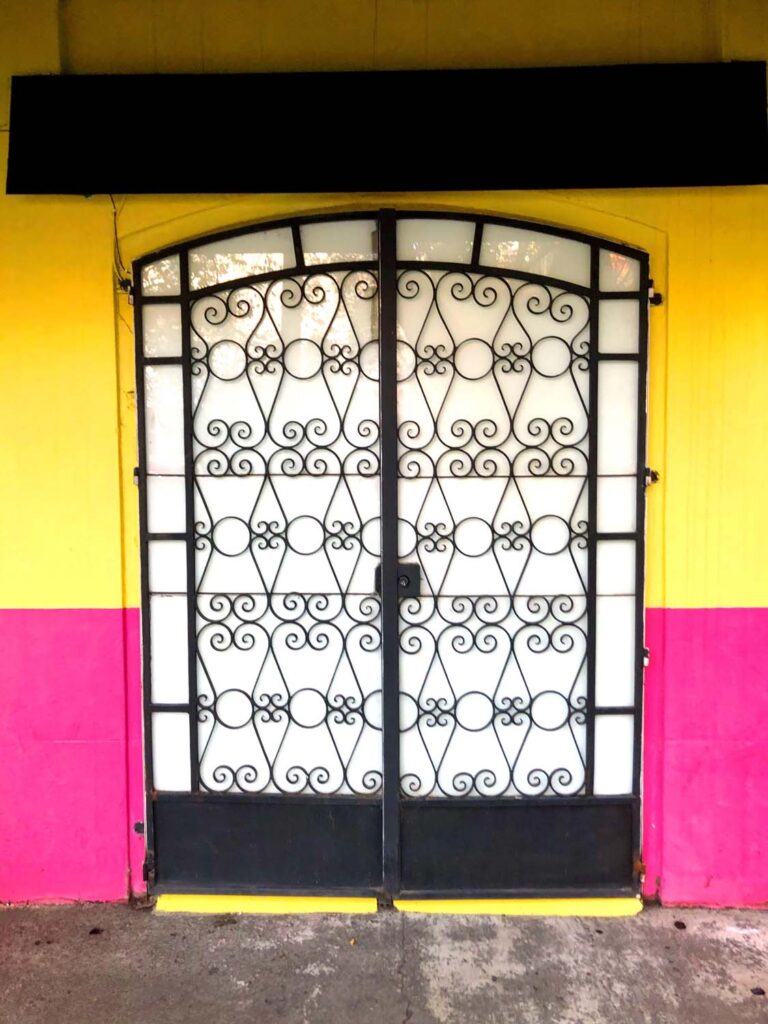
Saturday – Start with a Café de Olla
One of my favourite parts of the day when visiting any city is early in the morning. This might seem odd to some people, as their idea of a vacation is getting to sleep in. But I find the morning to be the best time of day to see a new city. I love watching the locals walking to work, taking their dogs out to the park and admiring the sunlight as it rises to wake the city. And in every city I’ve visited, everyone starts the day off with a cup of coffee.

In Mexico City, I had some of the best cups of coffee of my life! One of the traditional forms of coffee in Mexico is called ‘Café de olla‘. Café de olla is easy to prepare at home yourself and will make you feel like you’re somewhere new! Café de olla is traditionally made in an earthen clay pot, and its predominant flavour is made from boiling cinnamon sticks. This gives the coffee the most amazing spiced flavour.
Café de Olla Recipe
The video below is my favourite recipe guide as it’s hosted by this adorable Abuela (Spanish for “grandmother”). She shares with us her time hnoured recipe for her Café de Olla. The only ingredient you might not find in your local grocery store is the ‘piloncillo‘. A piloncillo or panela is a cone of unrefined cane sugar. This boils away in the water and sweetens the coffee as it dissolves. If you don’t like sweet coffee, you can omit this altogether or just add white sugar to taste.
Visit the Golden Metropolitan Cathedral
Now that you’ve had your caffeine, let’s continue our peaceful start to the day. Next stop: the Metropolitan Cathedral, located in the heart of the Zocalo. The Metropolitan Cathedral of the Assumption of the Most Blessed Virgin Mary into Heaven is probably the longest title of a church I’ve ever seen. The church is the official seat of the Catholic Archdiocese of Mexico. While being such a holy place for Christians is enough to make this building sacred, it is also located right beside one of the most outstanding former Aztec precincts. The area is a powerful connecting space between both the new and old world. You can sit back and enjoy a 4K virtual tour of the building in the video below. Admire the fantastic gilding throughout the church and the stunning Saint chapels that flank either side of the nave.
CyArk
One of the most remarkable ways you can get up close to the details inside the church is through the work of CyArk. CyArk is a non-profit organization that aims to digitally record, archive and share the world’s most significant cultural heritage sites. In 2018 they set out to document the Mexico City Metropolitan Cathedral. Since the structure is at such high risk due to earthquake damage, capturing it as it is now will help future restorers should the worst happen.
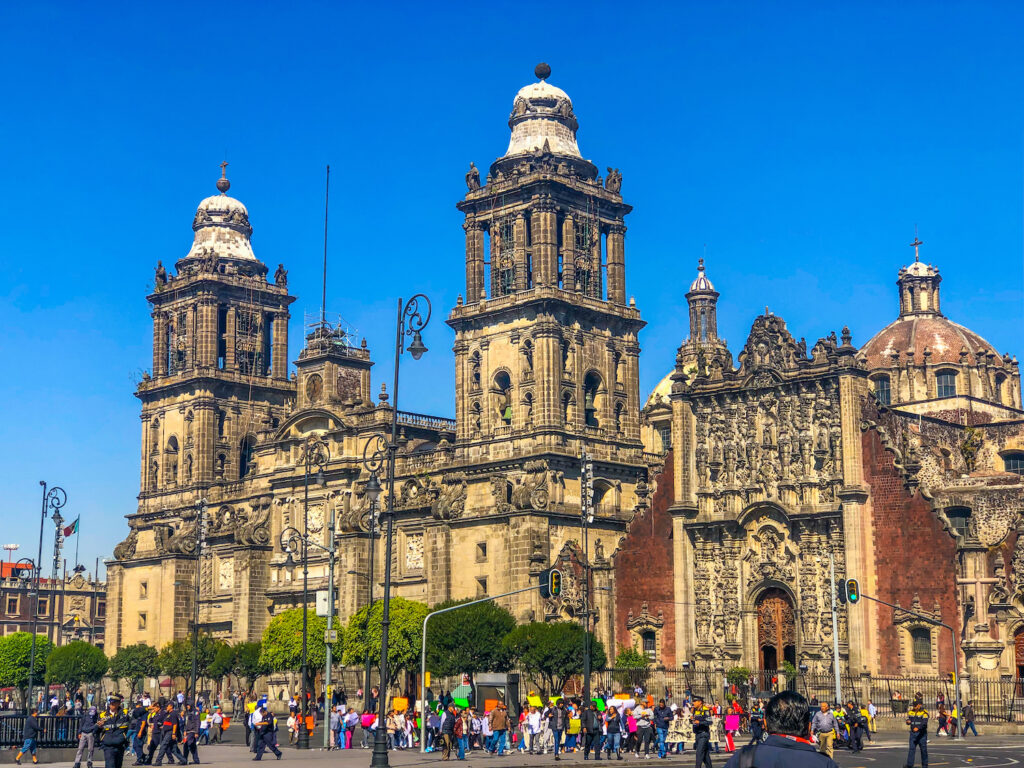
Altar of the Kings
As of 2021, CyArk has captured in 3D the entirety of the monumental ‘Altar of the Kings‘. This altar measures 45.1 ft wide, 82 ft tall and 25 ft deep! The altar is almost entirely covered in gold gilding and features hundreds of painted figures. Due to its enormous size and amount of gold used, it is also called the “golden cave“. With the CyArk technology, you can zoom right into the different pieces of the atar and see the smallest details you can’t see from the floor below.
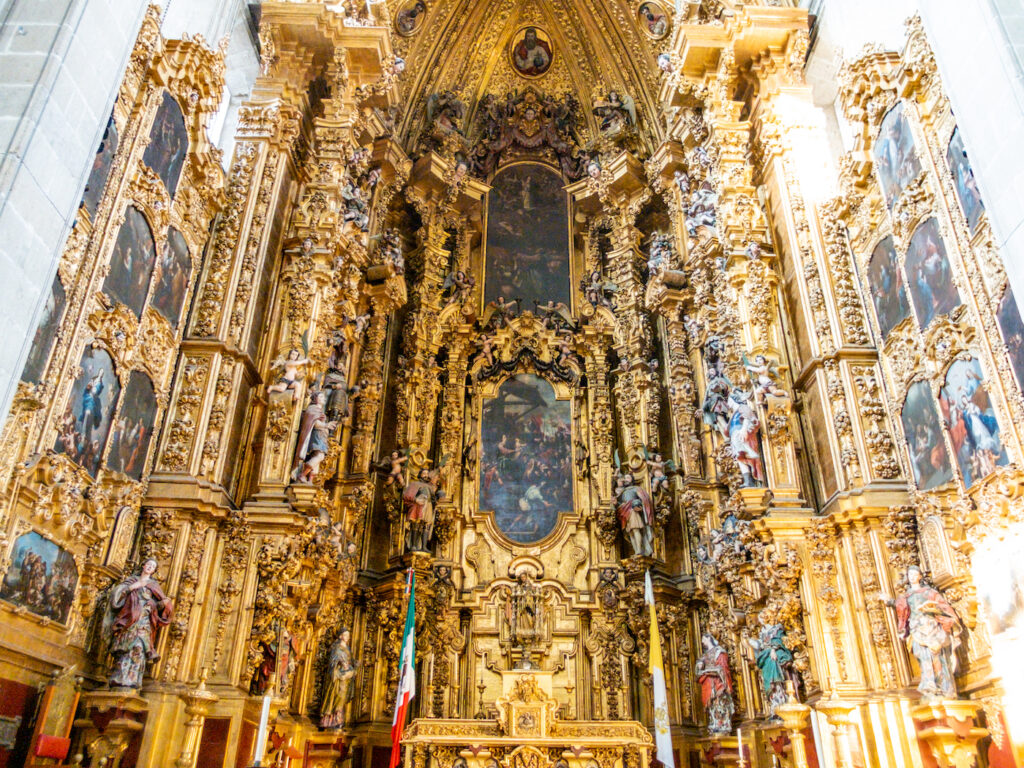
You can also explore the exterior of the church. Zooming all around it, even peeking onto the roof. You can explore areas of the building unable to be seen by the public on the ground. I had never even noticed until now that the central dome’s onion roof has blue ceramic tiles lining the ribs! Their website also offers a detailed exhibition into the creations of this digital masterpiece.
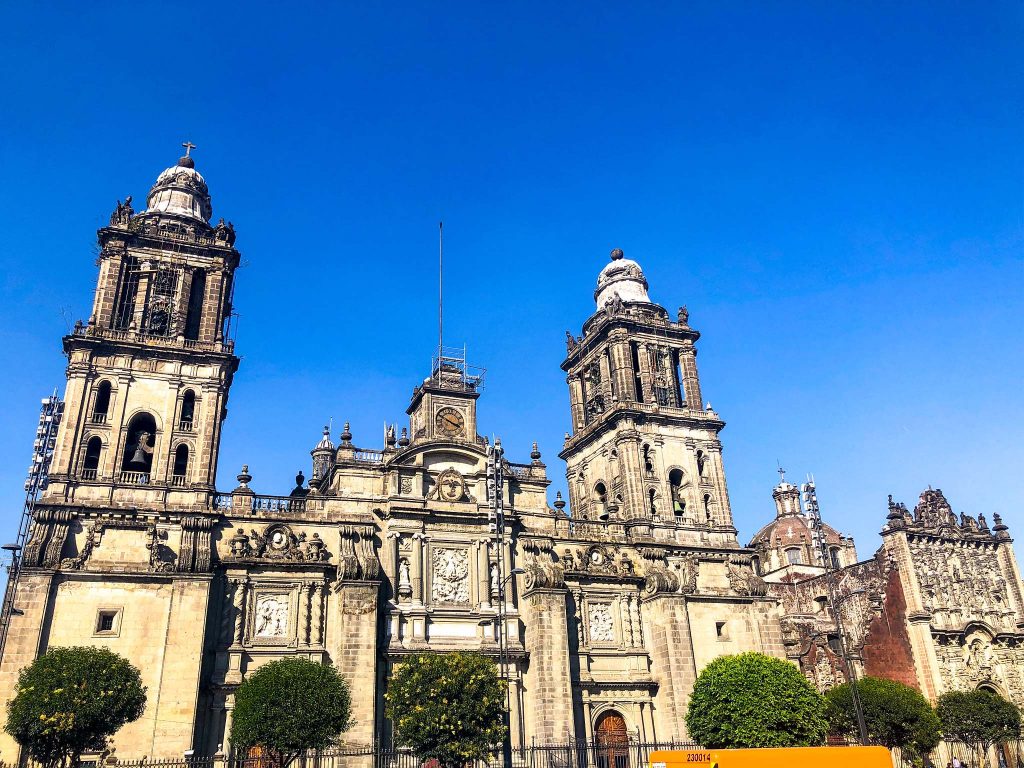
Find your Inner Archeologist in Templo Mayor
Located right beside the Cathedral are the ancient ruins of the Templo Mayor. The Templo Mayor (which is Spanish for the “Greater Temple”) was the Aztec people’s main place of worship[ in their capital city of Tenochtitlan. Tenochtitlan was founded around 1325 on an island in what was then Lake Texcoco. The Aztec empire flourished here until the 15th century until the Spanish invaded and changed the course of Mexican history forever. The temple constructed here was called the Huēyi Teōcalli. It was dedicated to both the war god Huitzilopochtli, and the god of rain and agriculture, Tlaloc. Construction of the temple is thought to have begun in 1325 but saw significant reconstruction over the years. The Spanish destroyed the temple in 1521, but luckily we still have these remains to study the great empire.

History of the Museum
When the modern metropolis of Mexico City began to be constructed, city planners had no idea what was beneath the earth’s surface. In 1978 archeologist Eduardo Matos Moctezuma discovered that beneath 13 buildings in this area there were the ruins of the old empire. Excavating the site meant that all these 13 structures had to be demolished. Luckily, the city saw more value in recovering lost treasures of the past than preserved buildings from colonization.
More than 7,000 objects were discovered here and are on display in the museum. Skeletons of turtles, frogs and crocodiles were found as this area was once a rich waterway. There were also mixtec figurines, ceramic urns from Veracruz, masks from Guerrero state, copper rattles, and decorated skulls and knives of obsidian that were uncovered. So many of these objects came from far away, revealing that this city was a great place to journey to.
Street View
The museum opened to the public in 1980 so that everyone could view these fantastic pieces of Mesoamerican history. To view the site for yourself, you can explore it is via google street view in 360. You can look up and down on the exterior and see the details of these centuries-old buildings.
To find out more about the museum and the old temple, you can watch this video below. There are English subtitles to follow along with if you don’t speak Spanish. The video is well worth listening to as it gives you an excellent primer on the history of the site.
Discover Historic Treasures inside the National Museum of Anthropology
To learn even more about Mexico’s ancient history, head over to the virtual National Museum of Anthropology. This museum is the most visited museum in Mexico City. That is saying a lot since Mexico City is home to the world’s 2nd most extensive collection of museums! The National Museum of Anthropology’s goal is to research, conserve, exhibit and disseminate the most important archaeological and ethnographic collections from the country.
The online gallery is broken up into categories based on the materials the objects are made of. You can view pieces made of stone, clay, rock and more. When you click on an object, you will be able to study it in detail by zooming in and out. They scanned the items at such high-res you can get right into the cracks! Along with the images of the item are excellent write-ups on the pieces that will tell you all about where it was discovered, the meaning behind it and even information about the craftsmen who made it.
Find Art Deco Murals inside the Palacio de Bellas Artes
The Palacio de Bellas Artes or Palace of Fine Arts is an Art Nouveau masterpiece. It stands as the central hub for music, dance, theatre, opera and literature in Mexico, dubbing it with the nickname “Cathedral of Art“. Construction on the Palacio began in 1904 but was halted in 1913 due to many different complications. The structure wasn’t finished until 1934.
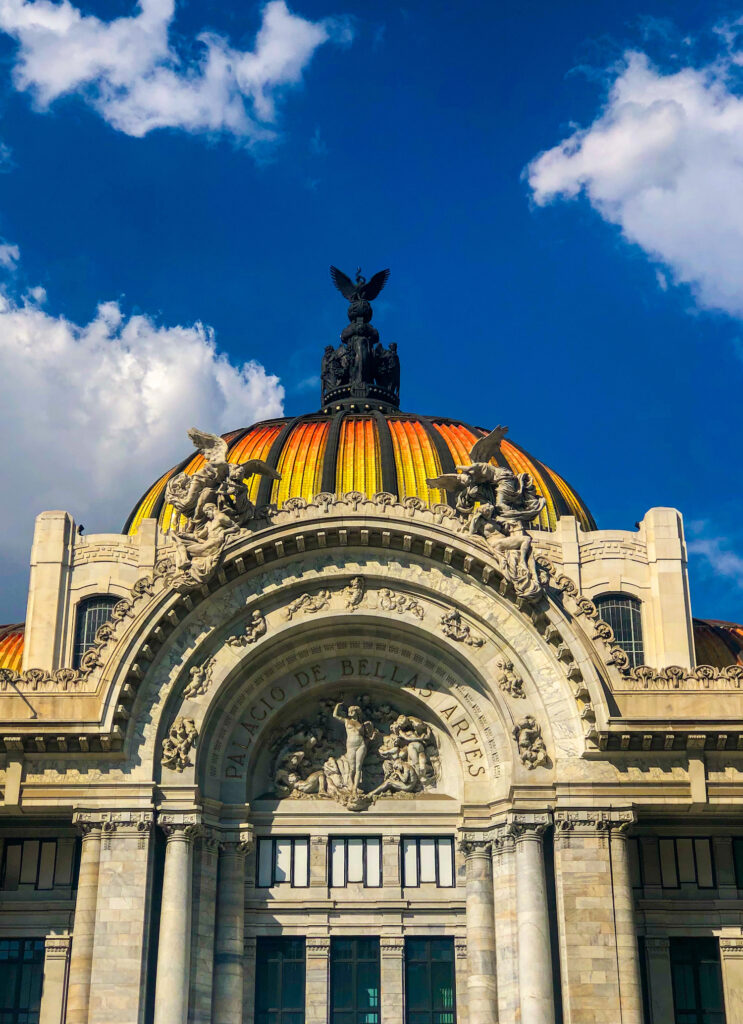
While the exterior is a beautiful blend of Art Nouveau and Neoclassical architecture, the interior is decorated with Art Deco elements. One of the things which makes the building so famous is the interior murals painted by Diego Rivera. To explore the Palacio de Bellas Artes, you can take a virtual tour. On the official website, you’ll be able to see the incredible murals, tour the sprawling art deco lobby, explore the theatre and even see underneath the stage! Something which not just any ol’ visitor would be able to see. My favourite part of the building is the stunning stained-glass dome inside atop the theatre.

Discover Mexico’s Fold Art Heritage at the Museo de Arte Popular
Across the street from the Palacio de Bellas Artes, you can find the Museo de Arte Popular. This museum takes visitors back several centuries and studies the history of traditional folk art of Mexico’s people. It aims to display the diversity of cultures and how the interaction between nature, man and society create the rich fabric of Mexican art and artistry.
Two online exhibitions that are available virtually study traditional Mexican textiles and the Festival of Day of the Dead. The show on clothing is such an interesting investigation into the influence of Mexico’s flora and fauna in apparel. You can see how different parts of the country have various iconic patterns dedicated to their local flowers.

In the exhibition ‘The Ofrenda of Day of the Dead‘, the museum aims to teach the viewer all about the Mexican ‘Ofrenda‘. An ‘ofrenda‘ is an altar that families prepare for the relatives who have passed. This is a traditional part of the Day of the Dead celebrations. It is meant to guide the spirits of their dead relatives’ home during the festival. The altar is filled with items that the person who past loved in their life. The altar is also covered with meaningful items such as sugar skulls, marigolds and more. The exhibition will tell you all about the significance of the objects placed on the altar.
Hike to the Chapultepec Castle
Hidden away atop a hill above downtown Mexico City is the great Chapultepec Castle. I was amazed by visiting the castle that such a thing existed in Mexico City’s modern metropolis. Chapultepec Castle’s name comes from the Nahuatl word” chapoltepēc,” that means “at the grasshopper’s hill.” The hillside was, for hundreds of years, a sacred place for the Aztecs. In the 18th century, before the palace was built, the hillside was home to a gunpowder warehouse and military academy. Then in 1864, it became the official residence of Emperor Maximilian I and his consort Empress Carlota.

Carlota went to excellent care and expensive to remodel the palace into a luxurious residence. It was used as an official residence of the President of Mexico from 1883 until 1939. After which it was turned into a museum. My blog about my visit to the castle is a highly detailed summary of all the wonders you’ll find there. YouVisit also has a beautiful virtual tour you can take to view parts of the palace in 360 degrees!
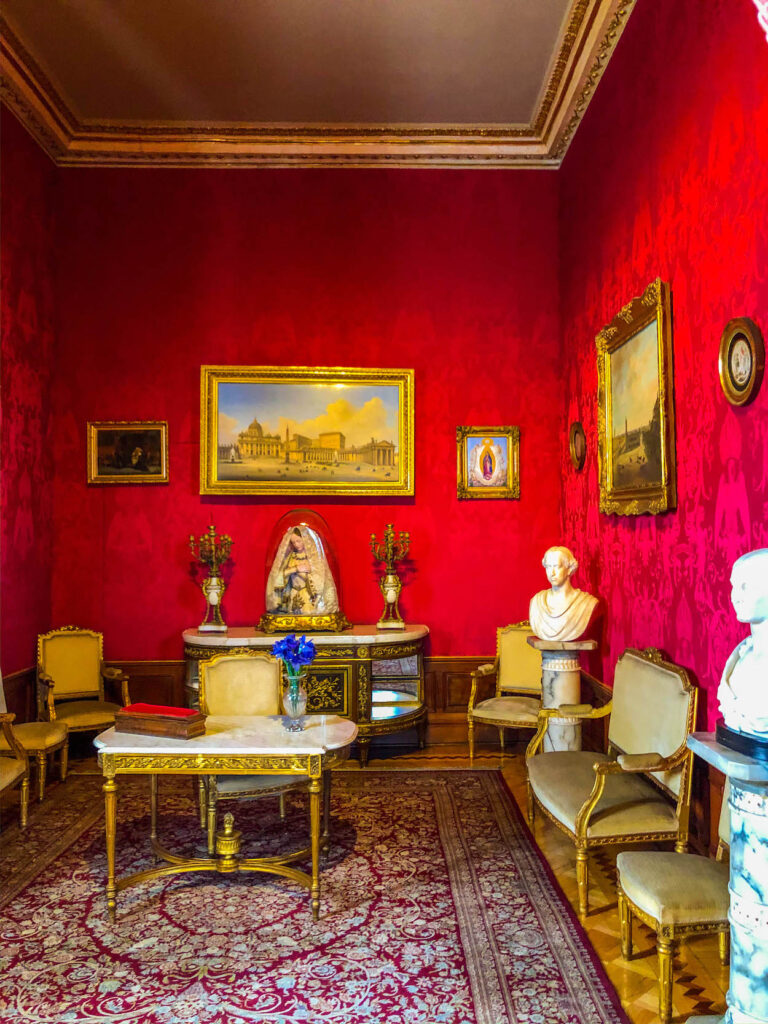
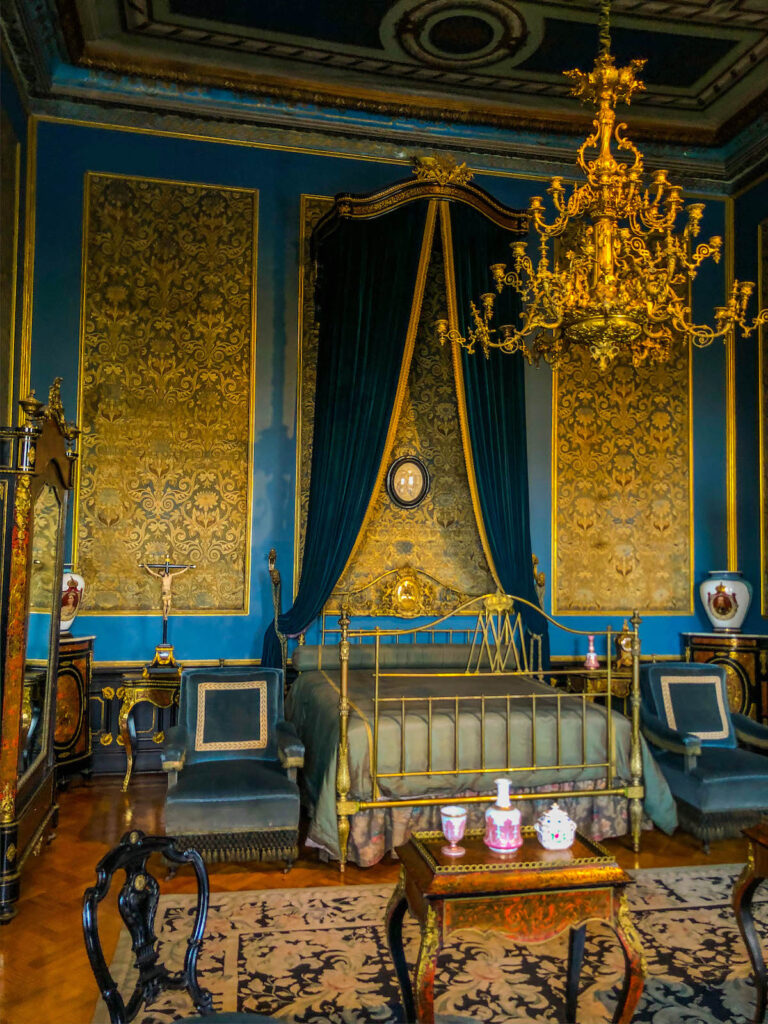
Take a Mexican Cooking Class
The best way to finish off your day is to create a delicious traditional Mexican meal. One of the best things about visiting Mexico City is the food! And while you might not be able to be there yourself, food is always something you can attempt to make at home. One of the very best online class services is the ever-popular MasterClass. Gabriela Cámara, A “star of modern Mexican cuisine,” brings her local, sustainable twist to time-honoured traditions. In this class, you will learn how to make everything you need for a complete Mexican dinner. You’ll make fresh tortillas, succulent tacos al pastor, salsas (of course), and my favourite aguachile de camarón (raw shrimp in lime and chile). You can even learn how to make huevos rancheros to eat for breakfast the next day!
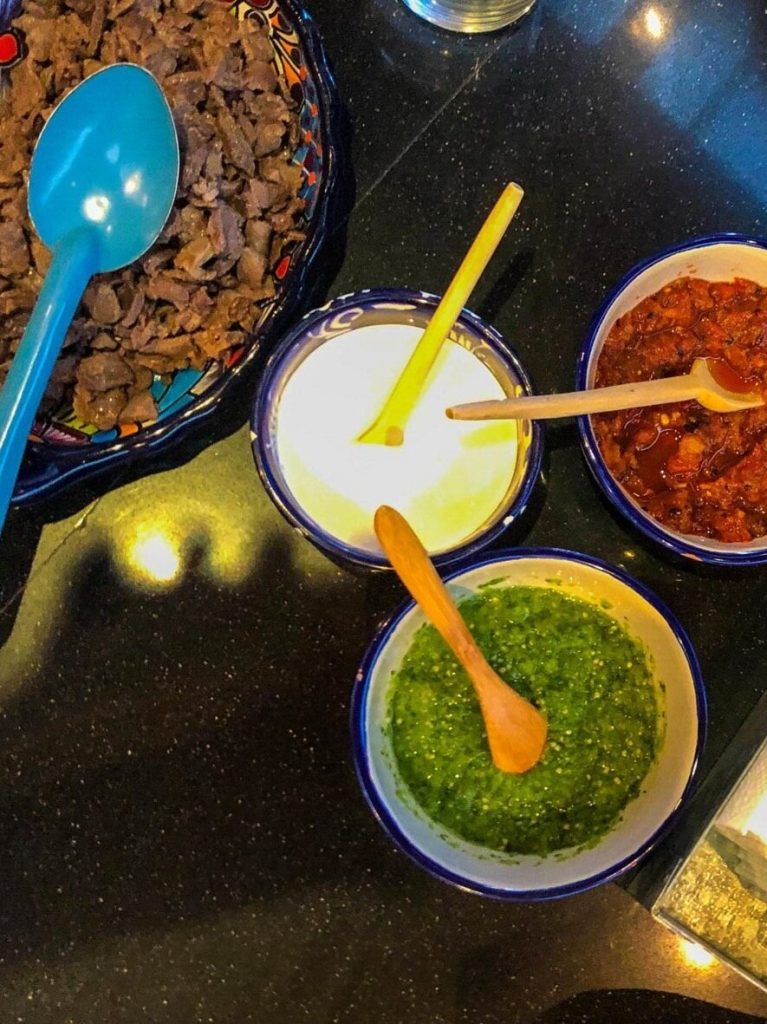
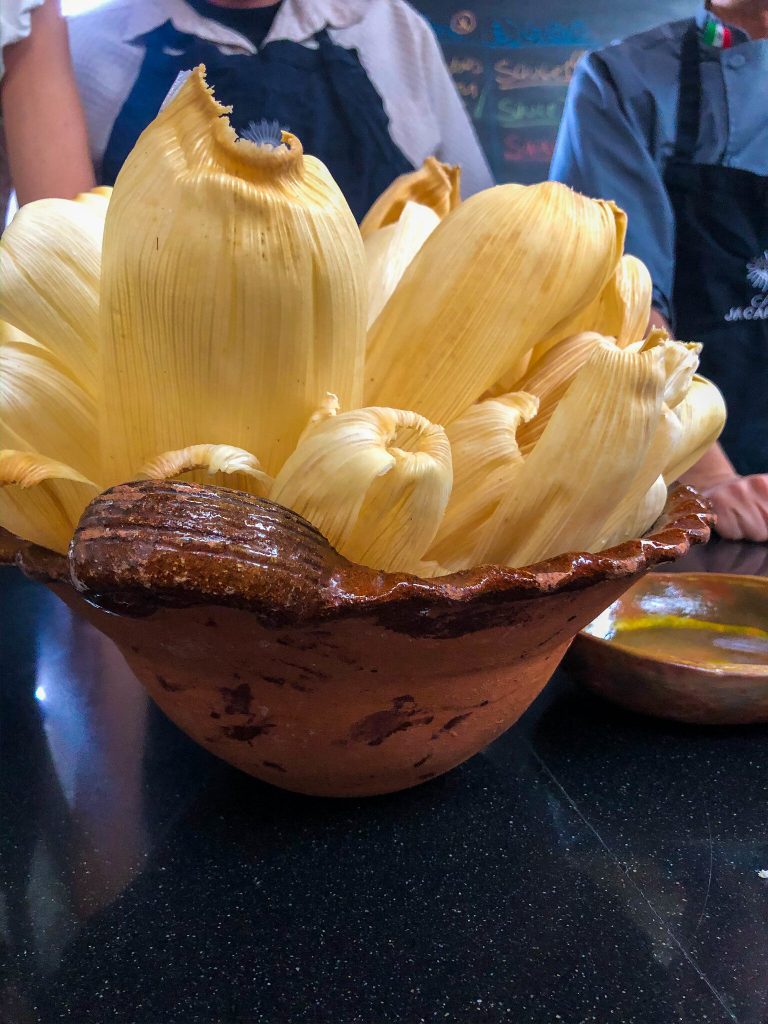
Sunday: Start off in Coyoacan’s Casa Azul
Next up, it’s time to head over to the suburb of Coyoacan, to see where the great artists Frida Kahlo lived. Frida not only grew up in Coyoacan, but she also purchased her childhood home and lived out the rest of her days there too. She called the house “La Casa Azul”. The name comes from the bright Azul (Spanish for blue) colour that the house’s exterior is painted with. In her childhood journal, she wrote that the colour blue represented “electricity and love.” Those two words seem to describe Frida perfectly. Despite all the suffering, she went through her art and her life is filled with such passion and power.
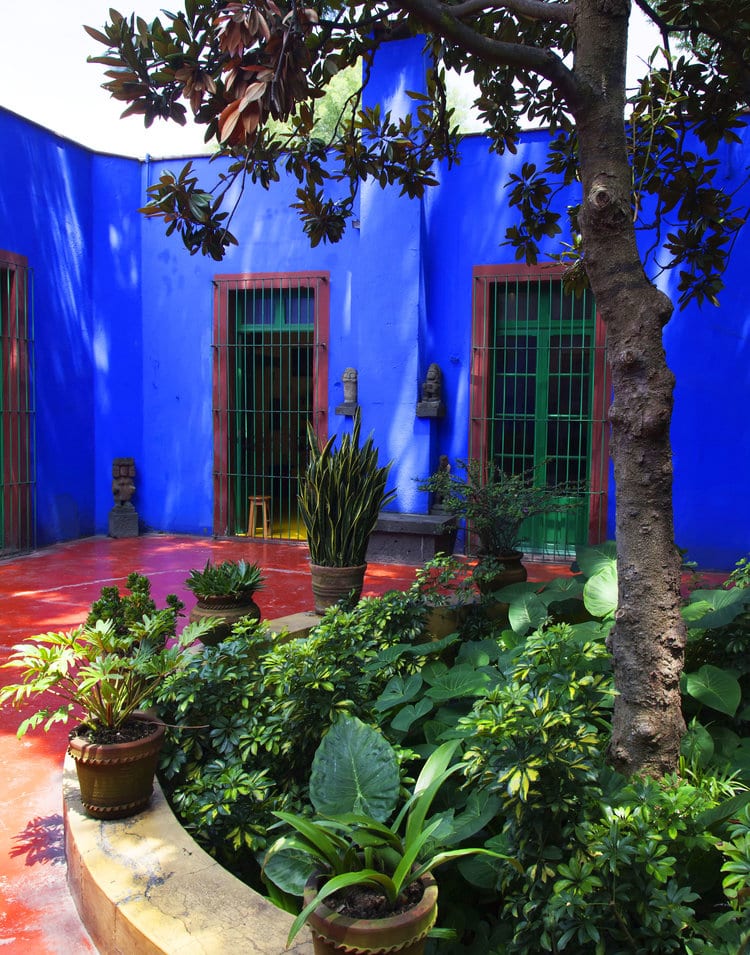
Truly one of my favourite places I have ever visited is the Casa Azul, in Mexico City. This gorgeous blue house, in the cozy neighbourhood of Coyoacan, is where Frida Kahlo lived as a child. It is also where she spent the better part of the end of her life. In Mexican culture, it is good luck to be born and die and in the same place. The Casa Azul is teeming with memories, influences, and the real spirit, Frida Kahlo. There is genuinely no better place to give you a more intimate exploration into her life than inside the Casa Azul.


During the summer of 2020, the Casa Azul Museum took it upon themselves to capture the Casa Azul in 360 degrees. With this new technology visitors from all over the world could explore the house room by room from their own home! You can explore the entirety of the house, peeking into her kitchen, bedroom, studio and her magical garden. The virtual tour doesn’t come with any detailed information, so you can use our self-guided tour. Follow along for a complete understanding of the significance of every object, painting and plant inside the house. If you’re interested in a full virtual tour of Frida Kahlo, you can check out my blog post for more on the great artist.


Take a Virtual Walking Tour of Coyoacan
One of the most important places to study Frida Kahlo is in her home town neighbourhood of Coyoacán. Outside the heart of Mexico City, this little village was where Frida was born, grew up, lived, and eventually died. These streets were her playground, her studio and her home. It’s here you can get a glimpse into the life of the great artist. You can read more about Coyoacan here or take a virtual tour online.
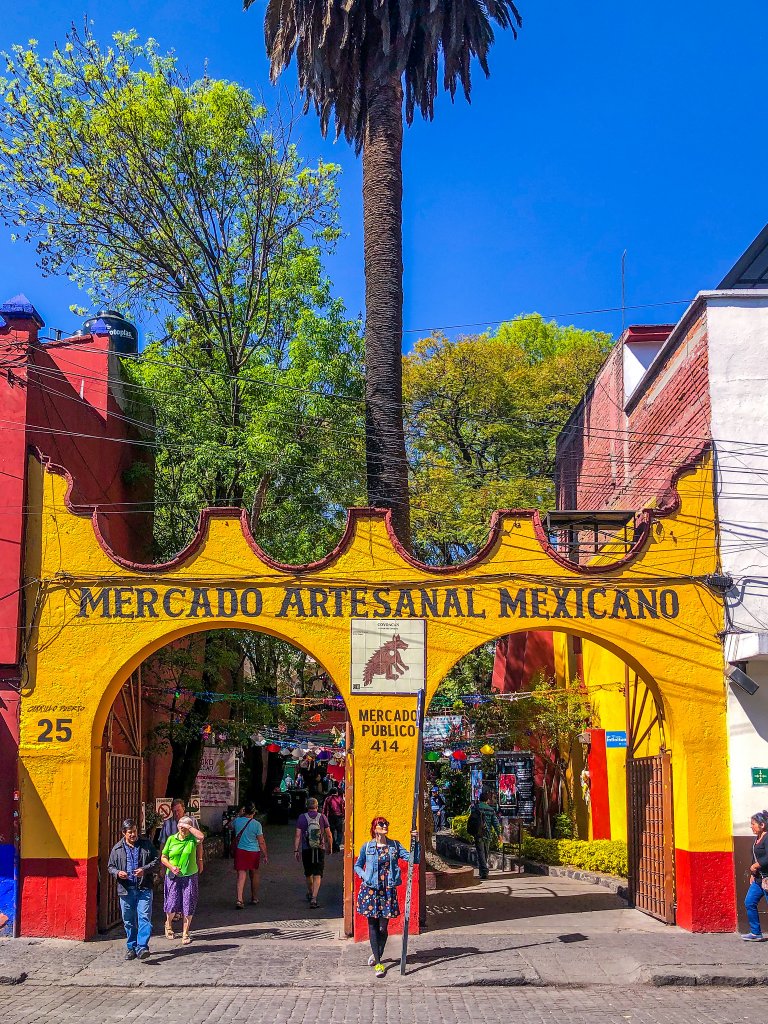
Experience the Wonders of Xochimilco
A place that was sacred to Frida was Xochimilco. Xochimilco and the surrounding Aztec waterways were where Frida and her friends would go to escape the city. A famous photo of Frida on a boat along the Xochimilco canals shows her dipping her hand into the water. She felt at home here, a place to run away from her dramatic marriage, her pain and even perhaps, herself.
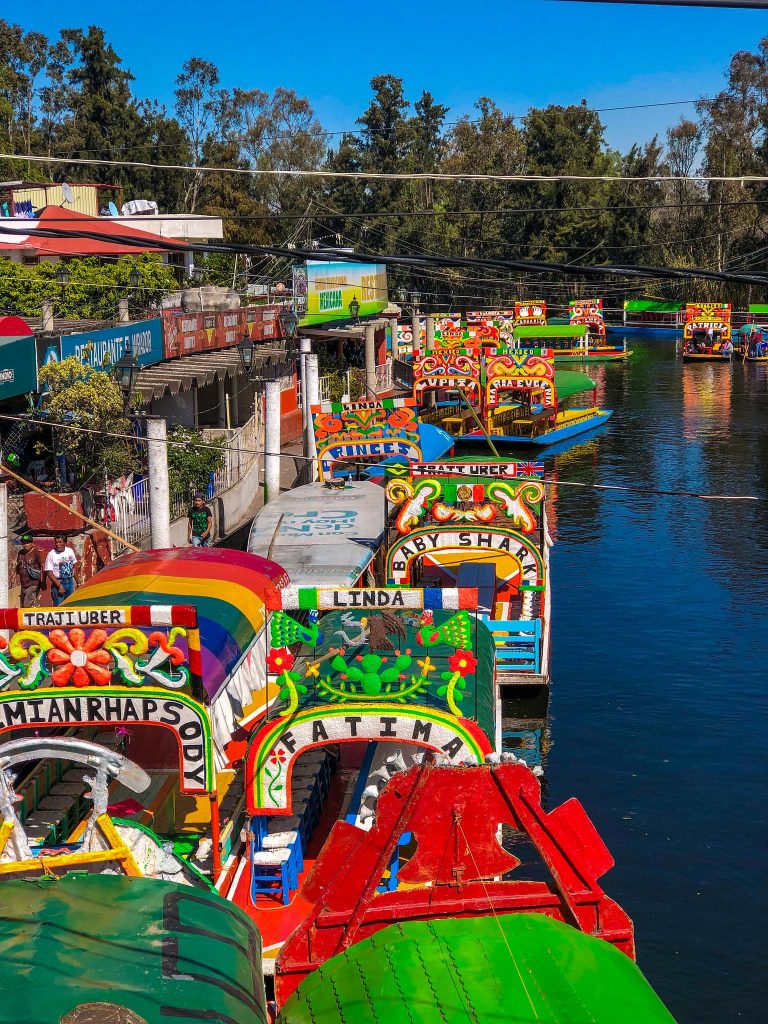
Today it’s a vibrant neighbourhood where you can experience the same journey Frida would have taken. There are so many videos online which take you through these wonderfully colourful canals. With a Mezcal in hand at home, you’ll feel like you’re there!
Peek into the Life of Frida & Diego inside the Museo Dolores Olmedo
Located in Xochimilco, the Museo Dolores Olmedo is situated in an old stone house dating back to the 16th century. Inside it contains the world’s largest collections of works by Diego Rivera and Frida Kahlo. The online exhibition tells the story of the life and art of Frida Khalo. Using personal effects, photographs and live street views of where she lived you feel like you are stepping into her shoes. And of course, you’ll also see a myriad of her earliest paintings and sketches.

Learn how to Make Mole
For our second recipe I wanted to provide an alternative to the subscription service which MasterClass requires. There are TONS of free recipes and tutorials online and the best are on Youtube. Rick Martinez with Food52 (one of my favourite recipe websites) takes us through how to make one of his favourite recipes, Mole. Mole is such an essential part of Mexican cusine. But the recipe can feel like a daunting one to take on. But with Rick’s charming personality and easy-to-follow instructions, he makes the entire experience nothing but fun!
Watch a Lucha Libre Match!
Lucha Libre is one of the most vibrant and exciting sports to watch in Mexico City! It had even been deemed a part of the “intangible cultural heritage” of Mexico City as of 2016. Lucha Libre means “freestyle wrestling,” and these stupendous matches are the perfect way to end off your virtual tour of Mexico City. Over the years, Lucha Libre wrestling has developed a unique style separating it from any form of American wrestling, either professional or Olympic.
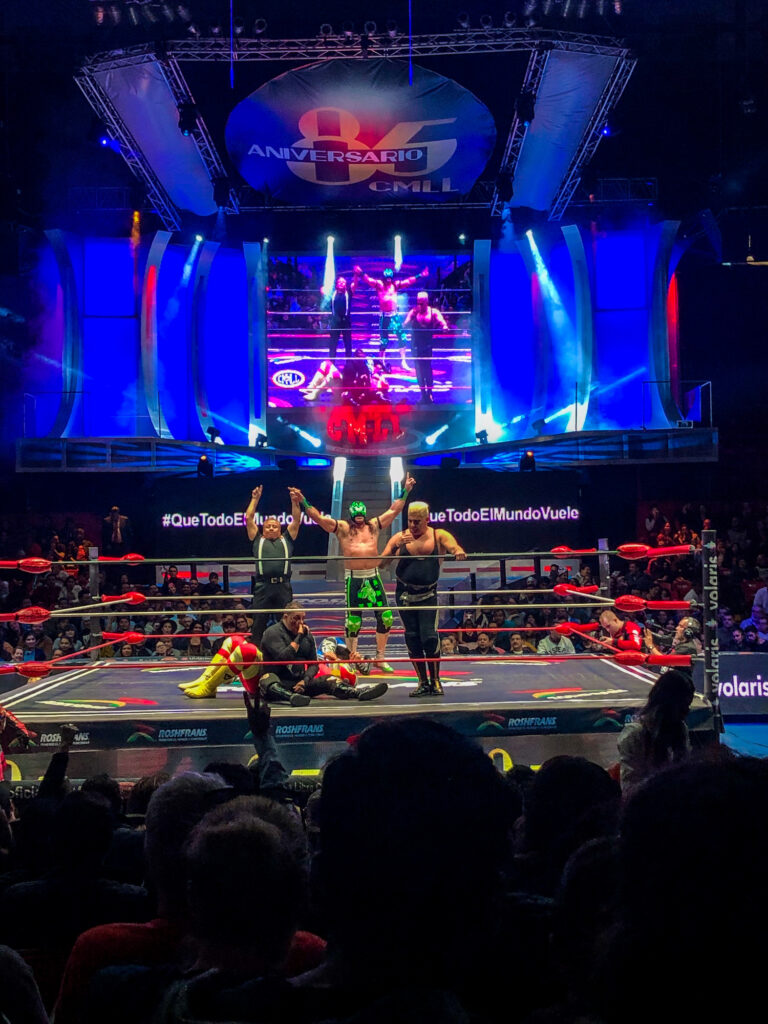
In Mexico, wrestlers dress in fantastical outfits and always wear the iconic colourful “lucha” mask. They must wear their mask, hiding their true identity. Only when they lose a match are they unmasked as a sign of disgrace. We went to see a show when we were in Mexico City, and it was one of the most exciting nights of my life! To get an idea of what it is like to experience it for yourself, I would recommend watching the video below.
The video details the entire experience. From entering the great stadium, to the food and, of course, the amazing acrobatics of Lucha wrestling. If you’re interested in just watching other matches, you can check out this video and more online.
This brings us to the end of our lovely virtual weekend in Mexico City. Another part of our series on Virtual Travel. I hope you enjoyed being able to see all these amazing places inside my favourite place in the world! Let me know in the comments what you’re favourite place we saw was and what future destinations you’d like to visit virtually next!
Happy (Virtual) Travels, Adventurers!
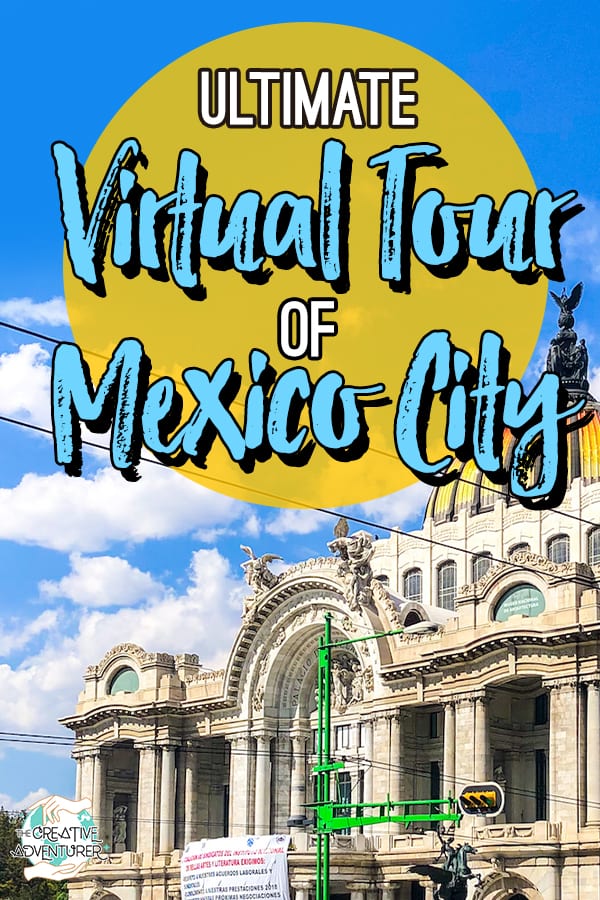
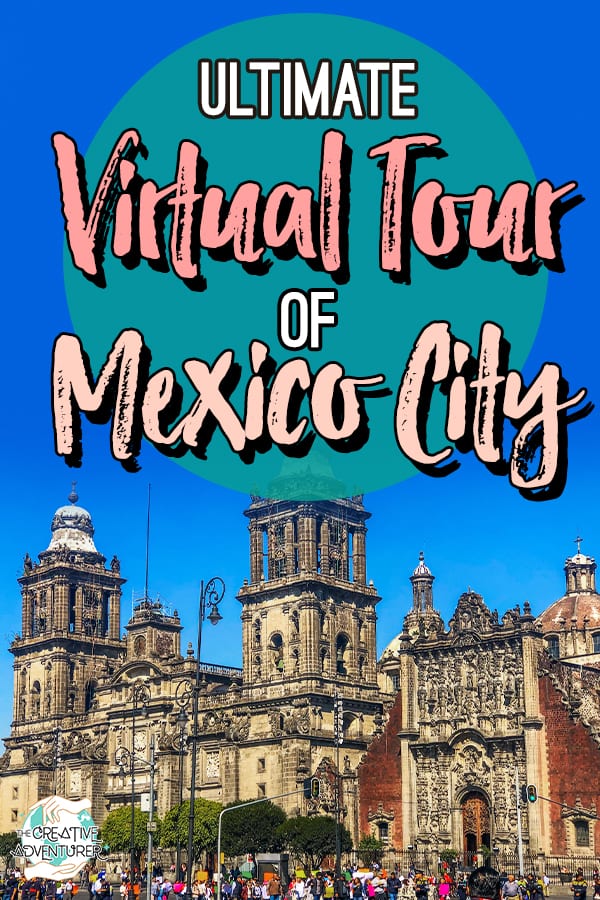

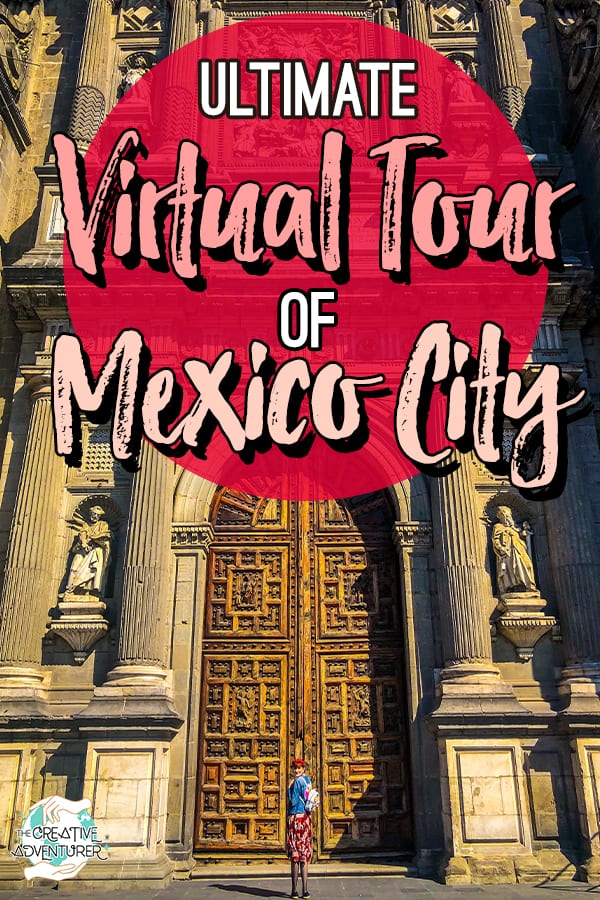



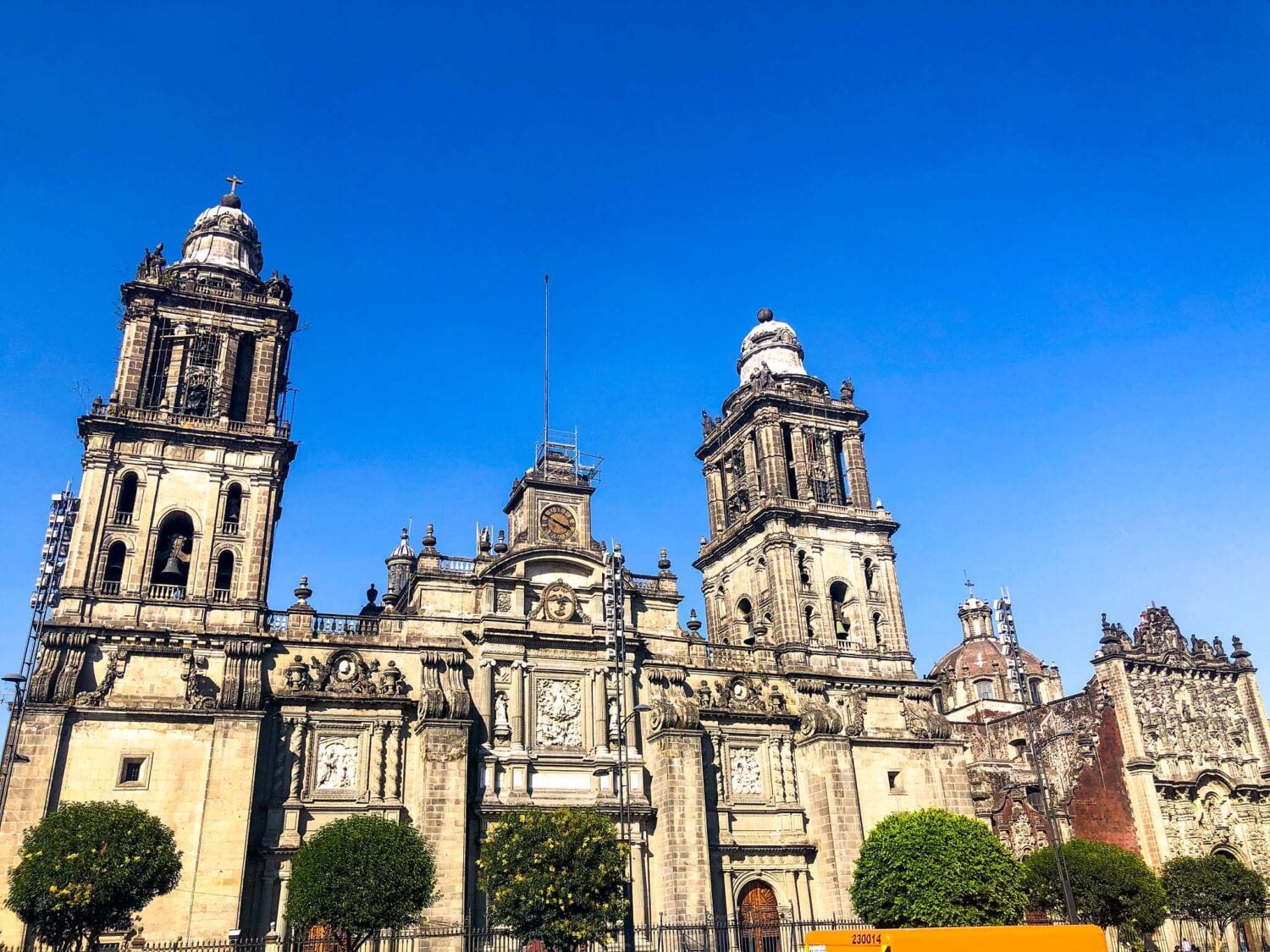
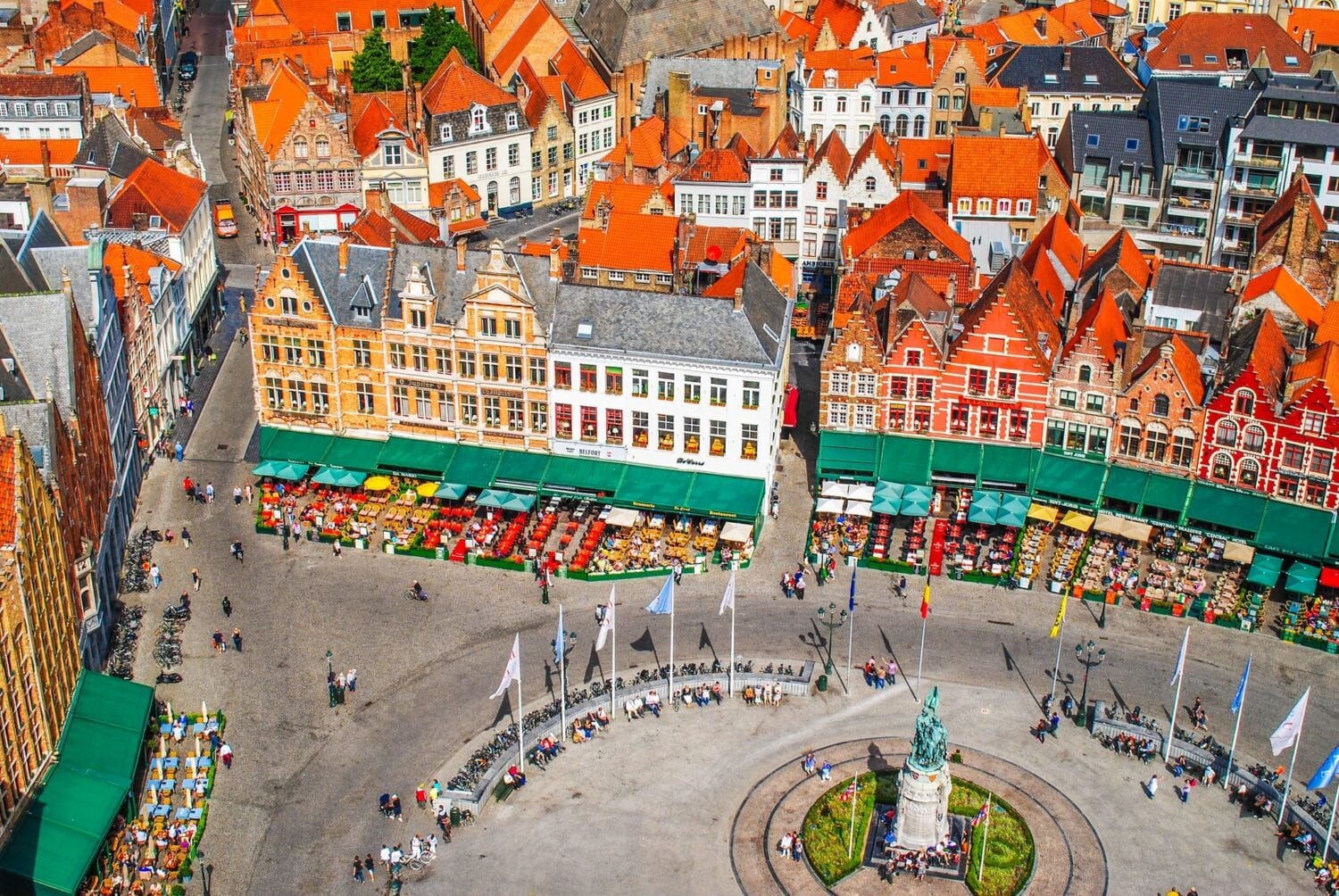
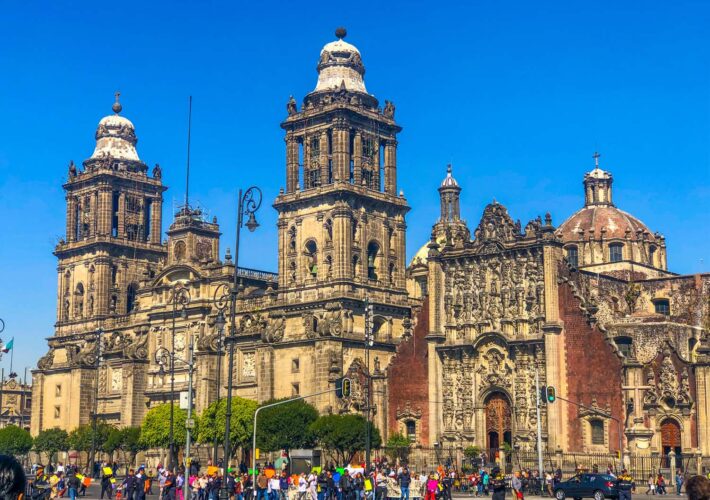
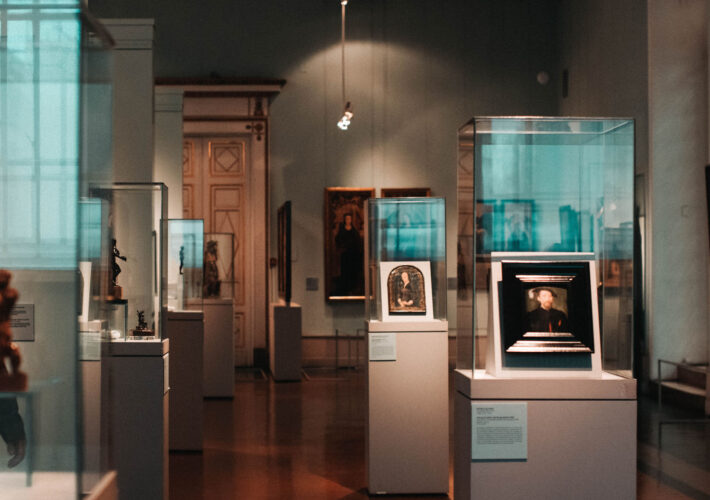
Leave a Comment